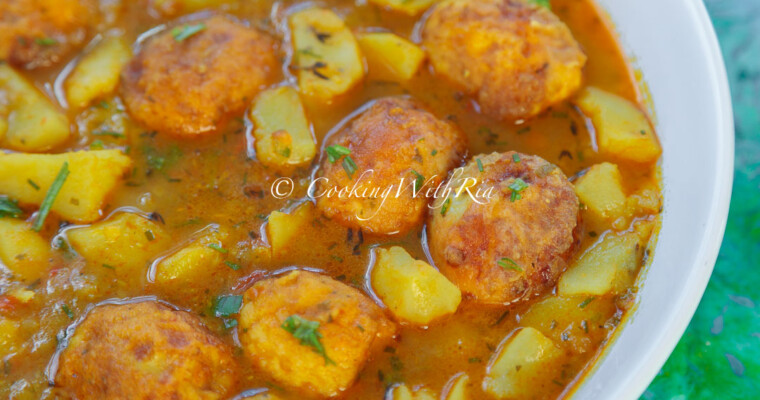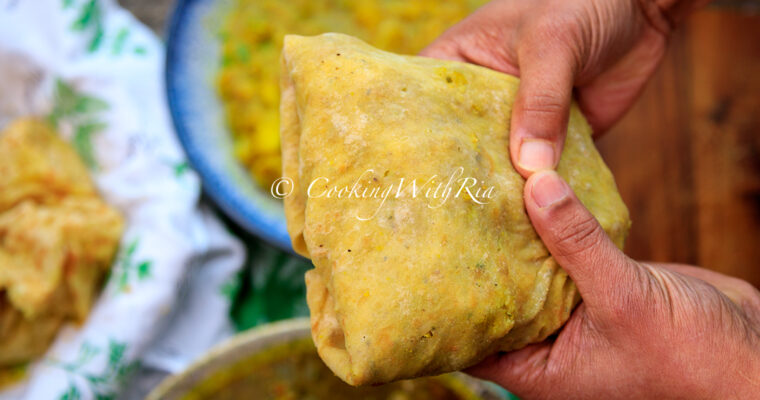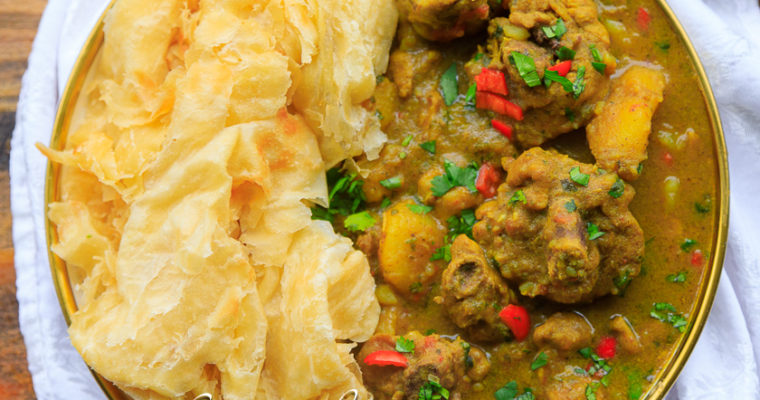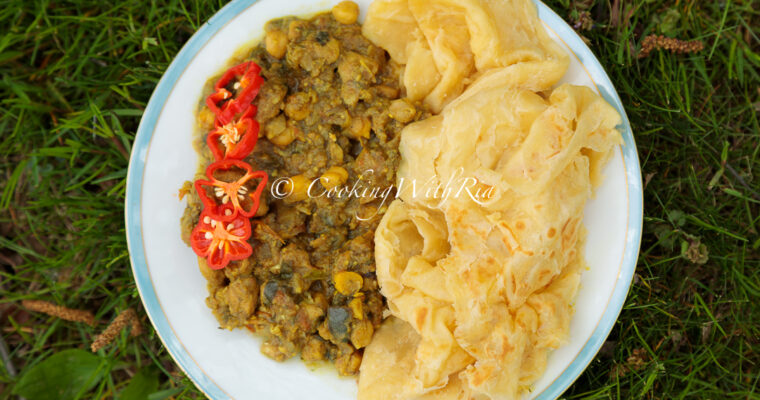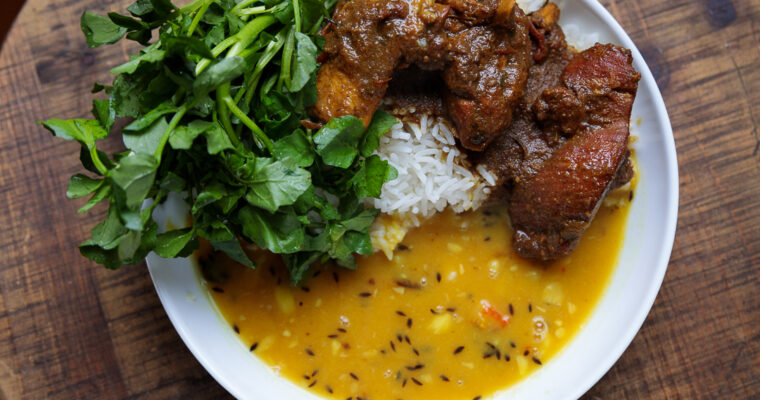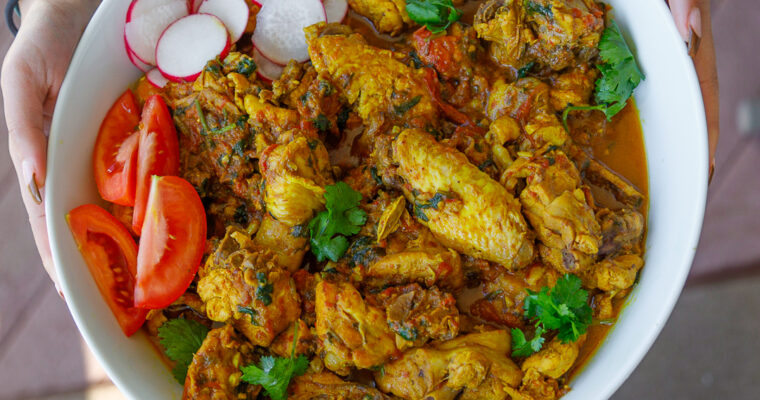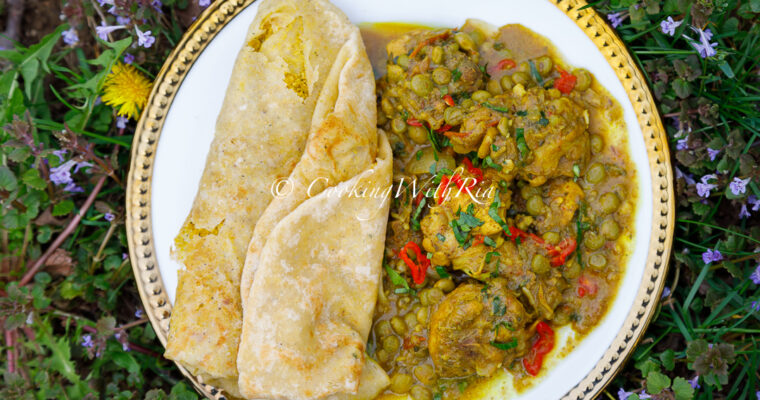Holi, also known as Phagwa, is a significant Hindu festival celebrated in Trinidad and Tobago, deeply rooted in Indian heritage. Brought by indentured laborers from India in the mid-19th century, the festival marks the arrival of spring and the triumph of good over evil. Holi is a time for celebration, joy, and unity, and it has been embraced not only by Indo-Trinidadians but also by the broader multicultural population of Trinidad and Tobago.
Historical Significance of Holi
In the Hindu tradition, Holi celebrates the mythological story of Prahlad and Hiranyakashipu. Prahlad, a devout follower of Lord Vishnu, was targeted by his father, the demon king Hiranyakashipu, for his unwavering faith. The king’s sister, Holika, who was immune to fire, attempted to kill Prahlad by sitting with him in a burning fire. However, through divine intervention, Prahlad was saved, and Holika perished in the flames. This symbolizes the victory of good over evil, a theme central to the festival of Holi.
The festival also marks the beginning of spring, a season of renewal, and is closely tied to the agricultural calendar in India, celebrating the arrival of new harvests.
Celebration in Trinidad
Holi in Trinidad is called Phagwa, a term derived from the Phalgun month of the Hindu calendar in which the festival falls. Celebrations begin with prayers, song, and the burning of Holika, signifying the destruction of evil.
- Chowtal Singing: A unique feature of Holi in Trinidad is chowtal singing, a traditional style of music performed by groups of men and women. These songs are upbeat, rhythmic, and are often sung in Bhojpuri, reflecting the musical traditions brought from India. The singers, known as chowtal groups, compete in friendly competitions, adding vibrancy and energy to the festival.
- Abir and Gulal: The hallmark of Holi is the throwing of colored powders known as abir or gulal. During Phagwa in Trinidad, participants cover each other in bright hues of red, pink, green, and yellow. This playful exchange of colors symbolizes the breaking of social barriers, fostering unity and joy among all attendees.
- Religious and Cultural Elements: Temples across Trinidad hold special pujas (prayer ceremonies), and the celebration often involves storytelling about the origins of Holi, especially for younger generations, ensuring that the cultural significance of the festival is passed on.
Evolution and Multicultural Participation
While Holi is a Hindu festival, its celebratory nature has transcended religious boundaries in Trinidad. The joyful spirit of Holi, combined with its symbolic message of unity, resonates with the diverse population of the country. Over time, people from different ethnic and religious backgrounds have begun participating in the festival, making it a truly national event.
Government bodies, schools, and community organizations host large-scale events where people from all walks of life come together to celebrate. In this sense, Holi in Trinidad has become a symbol of inclusivity and multicultural harmony.
Modern Celebrations
In modern times, Phagwa celebrations in Trinidad have become more organized, with large gatherings in Chaguanas, Princes Town, and Couva. The Hindu Prachar Kendra and other Hindu organizations play a significant role in organizing these events. Cultural programs, traditional Indian dance performances, and chowtal singing competitions are central elements of these events.
Additionally, Phagwa parades are organized, where groups dressed in white parade through villages, singing and playing traditional instruments such as the dholak and dhantal. Participants throw colored powders and splash water, creating a spectacle of color and joy.
Phagwa’s Role in Preserving Indo-Trinidadian Identity
Phagwa has played a key role in preserving the Indo-Trinidadian cultural identity. For the descendants of Indian indentured laborers, the festival is not only a celebration but also a reminder of their ancestors’ journey from India to the Caribbean. Phagwa is a way to maintain a connection to Indian culture, particularly for the younger generation.
Holi also highlights the resilience of cultural traditions despite the challenges of migration, indentureship, and colonialism. It serves as a cultural bridge, linking generations and promoting the values of family, community, and unity.
Conclusion
Holi or Phagwa in Trinidad is a lively, colorful celebration that beautifully blends religious significance with communal joy. Its widespread appeal across different communities underscores Trinidad’s multicultural landscape and the power of festivals to unite people. From the throwing of colors to the singing of chowtal, Phagwa in Trinidad remains a vibrant and cherished tradition, keeping alive the heritage of Indo-Trinidadians while fostering unity and cultural pride.
References
- Ramnath, A. (2014). Holi: The Festival of Colors in the Caribbean. Caribbean Quarterly.
- Singh, T. (2021). “Phagwa in Trinidad: Celebrating Holi with Unity.” The Trinidad Guardian.
- Bisnauth, D. (1996). Indentureship and Exile: The Indo-Caribbean Experience.

